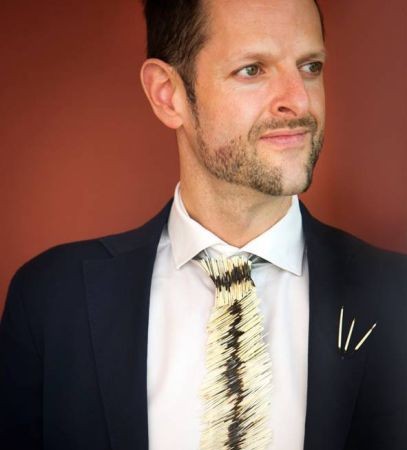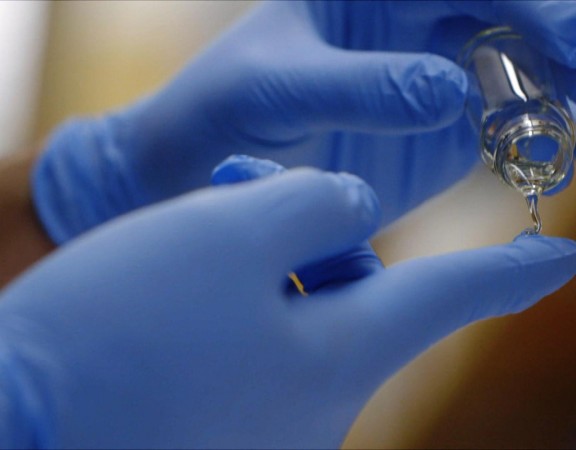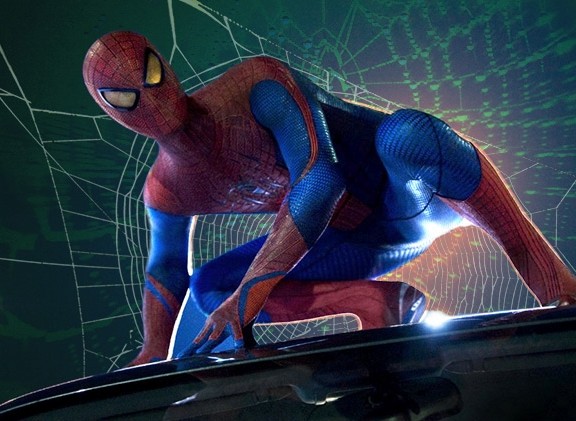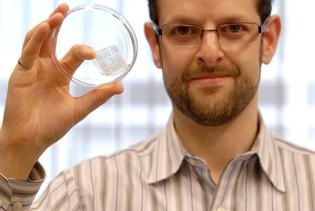Interviews
Source: Fortune
Jeff Karp, a leading biomedical engineer, discusses where, why, and how academic-business ventures can be most successful.
The biomedical industry is driven by scientific innovation. Yet, as anyone who has worked in R&D can tell you, harnessing the kind of creativity necessary for innovation is easier said than done. But there’s a new methodology in play that is making fascinating strides in the development of new medical technologies. And it’s a process that often starts not in the lab but at the zoo.
Read more on Fortune – Bringing the Fire: A Q&A with Bioinspirationalist Jeff Karp…
<div id=”fb-root”></div><script>(function(d, s, id) { var js, fjs = d.getElementsByTagName(s)[0]; if (d.getElementById(id)) return; js = d.createElement(s); js.id = id; js.src = “//connect.facebook.net/en_US/sdk.js#xfbml=1&version=v2.3″; fjs.parentNode.insertBefore(js, fjs);}(document, ‘script’, ‘facebook-jssdk’));</script><div class=”fb-video” data-allowfullscreen=”true” data-href=”https://www.facebook.com/video.php?v=10153189392166880&set=vb.266790296879&type=1″><div class=”fb-xfbml-parse-ignore”><blockquote cite=”https://www.facebook.com/video.php?v=10153189392166880&set=vb.266790296879&type=1″><a href=”https://www.facebook.com/video.php?v=10153189392166880&set=vb.266790296879&type=1″></a><p>This super-adhesive glue could literally fix a broken heart: http://bloom.bg/1F9y5l5</p>Posted by <a href=”https://www.facebook.com/video.php?v=10153189392166880&set=vb.266790296879&type=1″>Bloomberg Business</a> on Monday, March 30, 2015</blockquote></div></div>
Read more on Bloomberg – The Glue That Could Literally Fix a Broken Heart…
We were recently featured in an article in partnership with the Nature Publishing group. The article highlights the importance of our focus solving important biomedical problems that can be effectively translated into effective solutions. It is still amazing what nature can teach us!
Source: Nature Publishing Group – From Nature To Clinic
One late evening in a coffee shop near McGill University, Jeff Karp overheard two students talking about drug delivery and tissue engineering. Jeff, an undergrad, listened closely as the students discussed two graduate level courses. At the time Jeff was questioning his major. He had switched from biology to chemical engineering but found himself bored in class; uninterested in the details of how refrigerators work. That night at the coffee shop Jeff learned about two classes that he became desperate to take: one on artificial organs and engineering and the other on cells and biotechnology. To enroll he would need to take no less than 5 prerequisite physiology classes. Undeterred, Jeff added a year to his undergrad studies and switched majors yet again, this time to biomedical engineering. He had finally found the right balance between medicine and engineering. Jeff says a “degree in engineering is a degree in problem-solving” and that he uses the skills he learned in undergrad every day. Read more on Feature – Nature Publishing Group…




